Perennials you should never plant together – avoid these pairings for flourishing flower beds
Knowing the conditions your plants prefer will help them to thrive
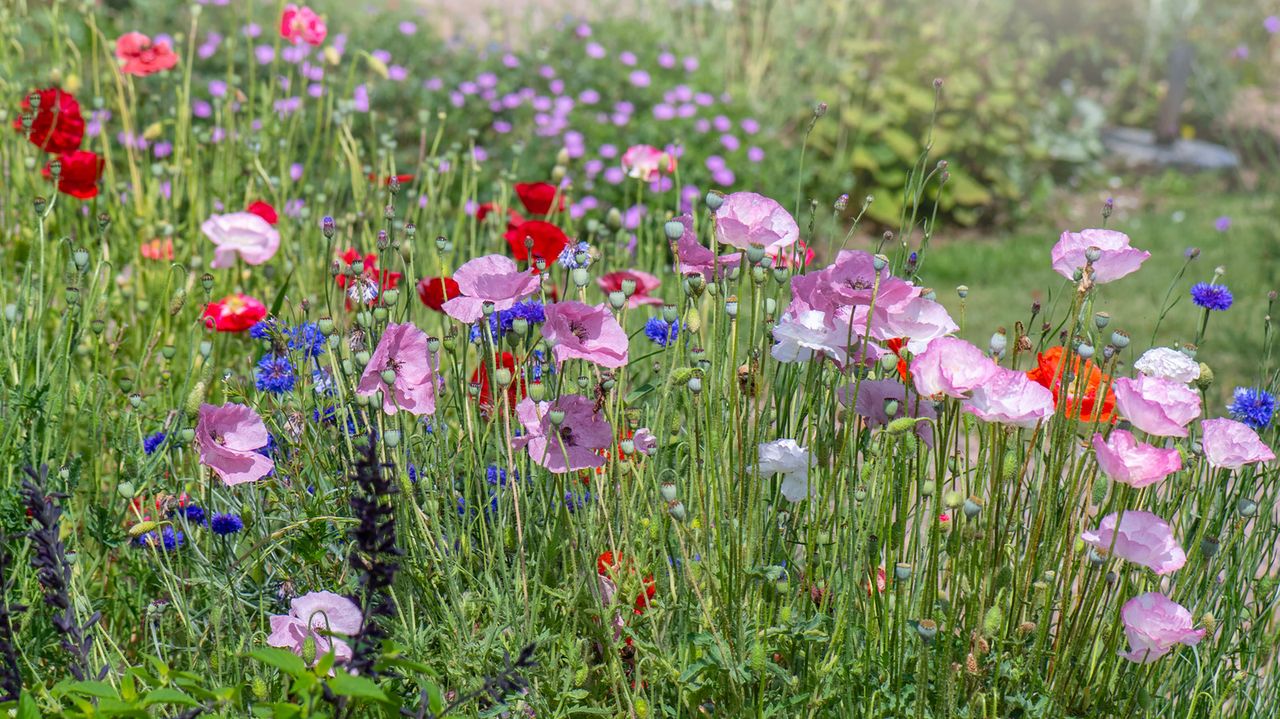
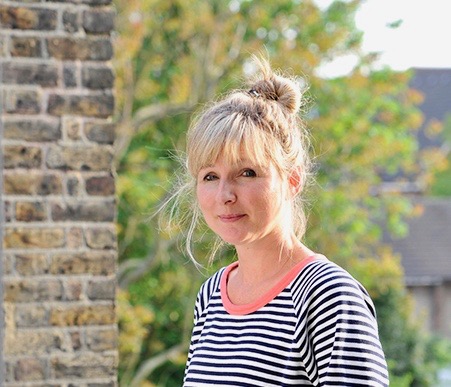
Creating a beautiful flower garden takes planning, preparation and time. Putting plants together is also about more than aesthetics. Knowing the perennials you should never plant together will help your flower beds to thrive.
Plants like a variety of conditions, ranging from sunny to shady spots, damp or dry soil. Knowing the preferences of certain plants will help you to make informed decisions, knowing what to put together and what to keep apart for successful combinations.
In order for you to select the best perennials for your flower beds and borders, we've asked horticulturalists and gardening experts to highlight some tempting but unsuitable pairings and the reasons why they shouldn't be planted together.
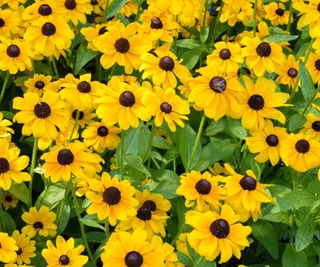
Perennials you should never plant together
'Combining regionally-appropriate, site-appropriate plants is key to successful planting and supporting your local environment,' says ecological landscape designer, Kim Eierman, founder of EcoBeneficial.
'It’s a good practice to combine native plants that naturally occur in the same plant community, that have evolved to share a common environment in nature.
'For example, if you have a wet, sunny area, you could reflect a regional wet meadow plant community, with plants such as Eutrochium species (Joe Pyeweeds), Verbena hastata (Common Vervain) and Veronia noveboracencis (New York Ironweed).'
1. Milkweed varieties
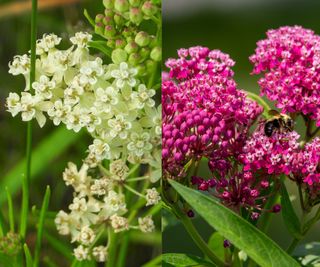
Native milkweeds (Asclepias species) are wonderful plants for pollinators, particularly for the endangered monarch butterflies. They make a lovely addition to a garden, both for their flowers and food source for wildlife.
However, it's easy to assume that different types of milkweed can be planted together. This is not always the case, explains Kim Eierman.
'Native milkweeds are highly valuable nectar plants for many types of pollinators,' says Kim. 'And, there are dozens of milkweed species native to North America, varying in size, flower color, bloom time and leaf shape.
'I do generally recommend planting multiple species of native milkweeds for ecological and aesthetic reasons. However, one factor to consider is the average soil moisture in your landscape.
'While the lovely pink-flowered Asclepias incarnata (Swamp Milkweed) thrives in moist to wet soils, the unusual, white-flowered, needle-leaved Asclepias verticillata (Whorled Milkweed) prefers drier soils.
'As we always say: “Put the right plant in the right place” and it will thrive. Choose milkweeds that are native to your region and appropriate for your site conditions.'
Milkweed seeds are available from Walmart.

Kim Eierman is the Founder of EcoBeneficial LLC and author, The Pollinator Victory Garden. She is an ecological landscape designer and environmental horticulturist specializing in native plants. Based in New York, Kim teaches at the New York Botanical Garden, the Brooklyn Botanic Garden, The Native Plant Center and the Massachusetts Horticultural Society.
2. Goldenrod varieties
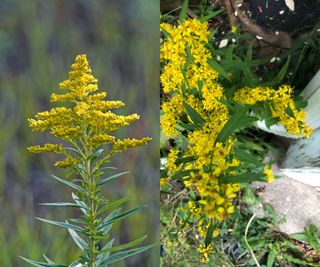
If you're keen to create a garden for pollinators, another beautiful perennial family are native goldenrods. With their profusions of pretty yellow flowers, they look lovely in a prairie-style or natural planting schemes. Yet not all goldenrods will live happily together.
'Native goldenrods (Solidago species) are keystone species and highly valuable as forage plants to pollinators and as larval host plants for many species of butterflies and moths,' says Kim.
'They are a wonderful addition, particularly late in the growing season and you can plant multiple species of goldenrods, but choose carefully. Some native goldenrods are highly aggressive and can easily outcompete quieter species.
'Solidago canadensis (Canada Goldenrod) is a highly beneficial but highly aggressive native goldenrod, best reserved for large spaces and natural areas - not suitable for a small home landscape.
'Solidago caesia (Blue-stemmed Goldenrod) is a quiet, well-behaved plant, which would be completely overrun if planted with an aggressive perennial like Canada Goldenrod.'
Canada goldenrod seeds are available from Walmart.
3. Anemones and Wood Poppies
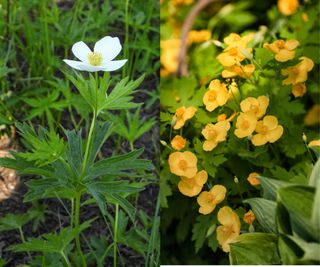
If you've been considering how to plant a wildflower meadow, you're likely planning which plants or seeds to include. Poppies and anemones may spring to mind, depending on your region and US hardiness zone, popular for their colorful blooms.
'Some plants are allelopathic, releasing biochemicals that suppress the germination and growth of other plants around them,' explains Kim. 'There are several flowering perennials that are allelopathic. Anemone canadensis (like other native Anemone species), are allelopathic and don’t make very good planting partners.
'While it might be tempting to plant the spring-blooming, yellow-flowered Stylophorum diphyllum (Wood Poppy) in a woodland garden, followed by the white bloom of Anemone canadensis, this would not be a good idea.
'Not only is Anemone canadensis allelopathic, but it has an aggressive rhizomatous growth habit. The lovely Wood Poppy would quickly disappear.'
4. Russian sage and Hostas
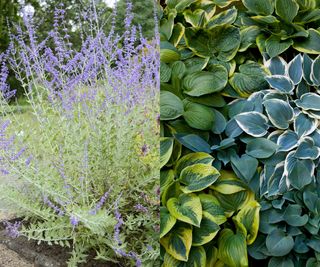
Russian sage, also known as Salvia yangii (and previously Perovskia atriplicifolia) is a popular perennial for borders. Loved for its profusion of lilac flowers and low-maintenance reputation, it's another great plant for pollinators but don't be tempted to plant it with hosta plants.
'Russian sage thrives in full sun and drier soil conditions,' says Kat Aul Cervoni, landscape designer and founder of Staghorn Living. 'Despite hostas being an otherwise easy plant to grow, they may struggle in a blazing full-sun site with lean soil, where it will inevitably get leaf scorch and fail to thrive. Hosta is best suited next to astilbe, fern and heuchera.
'Similarly, Russian sage will grow thin and wispy in shady conditions and may rot in overly damp soil. Try pairing Russian sage with prairie dropseed grass (Sporobolus) if you’re wanting something green next to it.'
Consider this beautiful Russian sage from Nature Hills for your borders or container gardening ideas.

Landscape designer, Katherine "Kat" Aul Cervoni is the founder and principal of Staghorn Living. Kat creates outdoor spaces that become natural extensions of a home’s interior. A member of the Ecological Landscape Alliance and the Association of Professional Landscape Designers, she also mentors young plant enthusiasts and upcoming designers.
5. Heuchera and butterfly milkweed
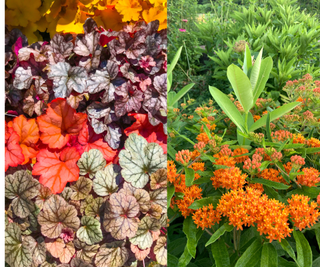
With its spectacular foliage and interesting leaf shapes, Heuchera is a wonderful perennial for your flower beds. It's also low-maintenance and a great ground cover plant for shade. However, it's this penchant for partial darkness that makes it incompatible with butterfly milkweed (Asclepias tuberosa), a popular plant for pollinators that loves the sun.
'Despite being an incredibly tough perennial and even tolerating dry soil conditions, the blazing full sun and dry conditions loved by Asclepias tuberosa would be too intense for a heuchera to thrive in,' explains Kat.
'Heuchera can handle drier soil conditions if it’s in a part shade to shady site in the garden. Butterfly milkweed also loves lean, dry soil but needs full sun to blossom and thrive.
'Try pairing heuchera with other plantings in a part shade or shade garden like Japanese forest grass. Asclepias tuberosa performs well next to coreopsis, rudbeckia, and ornamental grasses like little bluestem or sporobolus.'
6. Hosta and Phlox
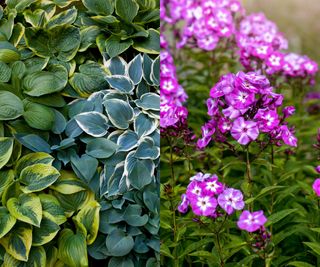
Just because two plants like similar soil conditions, it doesn't always mean that they will make natural flower bedfellows. According to Andrew Jager, plant expert at Walters Gardens, this is the case with hostas with phlox.
'This is a combo that you see planted together, but I would never plant myself,' says Andrew. 'While both enjoy similar soil and moisture conditions, the shade that is needed to keep a hosta looking good and to prevent leaf burn often leads to high levels of mildew in phlox.
'Phlox typically like full sun as it helps their foliage stay dry and increases the total amount of blooms per plant. If they are planted in too much shade, phlox are prone to stretching and might collapse while still in bloom – particularly varieties with large panicles.'
If you're looking for the best container plants for shade, try this Patriot Hosta from Nature Hills Nursery, which will do well in zones 3-8.
7. Lavender and Shasta daises

Another enticing combo for a cottage garden is lavender and shasta daisies, but neither of these plants will fare well together, due to their contrasting soil preferences.
'While these plants look beautiful together on paper with complementing colors, textures, and bloom times, they have vastly different preferences in moisture and fertility,' says Andrew.
'If planted in the nutrient-rich, high-moisture environment that shasta daisies love, lavender probably will not overwinter and won’t be there next year.
'Similarly, if shasta daisies are sited in the low fertility, well-drained spaces lavender thrive in, they will not be as floriferous and will show signs of stress through the heat of summer.'
If they're not suitable for your beds, try planting these shasta daisies from Burpee in pots (suitable for zones 4-9), but like many other perennials bring them in before the first frost if you want to see them again next year.
FAQs
When is a good time to plant perennials?
Perennials are best planted in either fall (October or November) or spring (usually around April or May). Avoid planting at a time when it is too cold or too hot, younger plants need a few weeks of mild weather to settle into your yard.
Be sure to incorporate plenty of native plants in your yard, which will prove popular with pollinators too. Why not consider growing hummingbird mint from seed, or perhaps try growing creeping juniper paired with shade-loving perennials, like tiarella? Whatever you grow, just be sure to plant the right plant in the right place.
Sign up to the Homes & Gardens newsletter
Design expertise in your inbox – from inspiring decorating ideas and beautiful celebrity homes to practical gardening advice and shopping round-ups.
Jacky Parker is a freelance lifestyle journalist and writer, producing a wide range of features for magazines and websites. She has written for Homes & Gardens and its sister titles, Livingetc and Country Homes & Interiors for more than 15 years, both as a freelance contributor and staff member, regularly reporting on the latest interiors, gardens and lifestyle inspiration, speaking to experts in their respective fields and discovering the newest tips.
-
 Is crown molding out of style? Interior designers discuss this classic feature and decide if it has a place in 2025
Is crown molding out of style? Interior designers discuss this classic feature and decide if it has a place in 2025Will we be saying goodbye to the classic architectural feature this year? Interior designers share their thoughts
By Eleanor Richardson Published
-
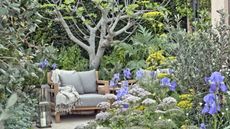 Horticulturists urge you to prune these 7 plants in April – for healthy growth and better-than-ever flowering displays
Horticulturists urge you to prune these 7 plants in April – for healthy growth and better-than-ever flowering displaysDiscover a key selection of plants to cut back this month, with expert pruning advice
By Drew Swainston Published
-
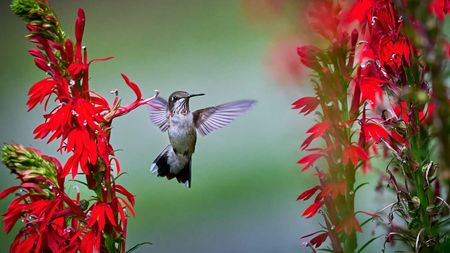 When do hummingbirds return from migration? Wildlife experts reveal when to expect them and how you can help
When do hummingbirds return from migration? Wildlife experts reveal when to expect them and how you can helpAs hummingbirds return to North America, gardeners can play a part in caring for these weary travellers
By Thomas Rutter Published
-
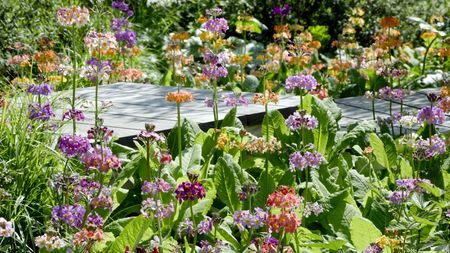 Best flowering ground cover plants – 5 expert-approved species to fill your borders with vibrant color
Best flowering ground cover plants – 5 expert-approved species to fill your borders with vibrant colorThese flowering ground cover plants will not only look good but will also prove popular with bees and butterflies
By Thomas Rutter Published
-
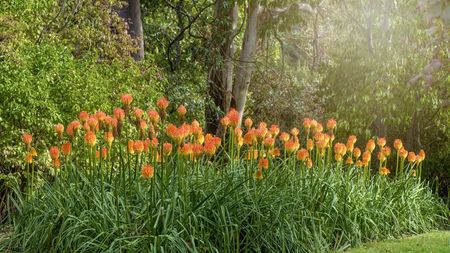 How to grow red hot poker – for low-maintenance and long-lasting flower spikes that pollinators adore
How to grow red hot poker – for low-maintenance and long-lasting flower spikes that pollinators adoreIf you enjoy colorful, vibrant borders, there can be no better perennial to grow than red hot pokers
By Thomas Rutter Published
-
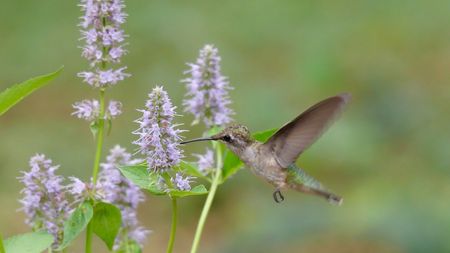 Best perennials to attract hummingbirds – 5 fantastic flowers to grow, as recommended by master gardeners
Best perennials to attract hummingbirds – 5 fantastic flowers to grow, as recommended by master gardenersThese colorful and fragrant perennials will prove popular with hummingbirds and other pollinators
By Thomas Rutter Published
-
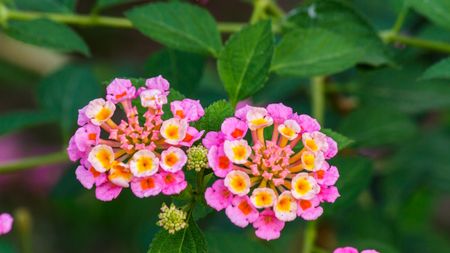 How to grow lantana in pots – and transform even tiny gardens with masses of kaleidoscopic flowers this year
How to grow lantana in pots – and transform even tiny gardens with masses of kaleidoscopic flowers this yearFor colorful and wildlife-friendly blooms, there can be no better plant than lantana
By Thomas Rutter Published
-
 How to grow marsh marigolds – the ultimate low-maintenance, moisture-loving plant that spring pollinators adore
How to grow marsh marigolds – the ultimate low-maintenance, moisture-loving plant that spring pollinators adoreMarsh marigolds can thrive in problem areas, including moist woodlands and boggy soils
By Thomas Rutter Published
-
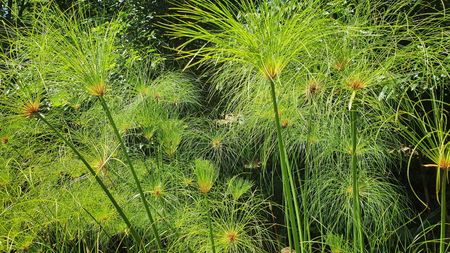 How to grow papyrus outdoors – and enjoy a firework-like display of foliage from these easy-to-grow, moisture-loving plants
How to grow papyrus outdoors – and enjoy a firework-like display of foliage from these easy-to-grow, moisture-loving plantsThese water plants have been grown for thousands of years and are great for backyards
By Drew Swainston Published
-
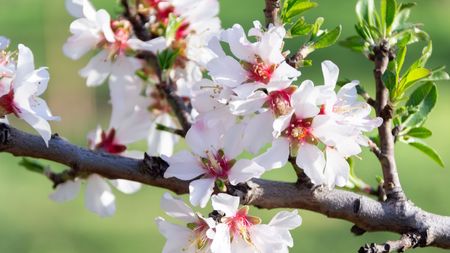 Best trees for spring blossom – 5 beautiful options for a spectacular seasonal show in any sized yard
Best trees for spring blossom – 5 beautiful options for a spectacular seasonal show in any sized yardPlanting one of these best trees for spring blossom will fill your yard with color
By Thomas Rutter Published